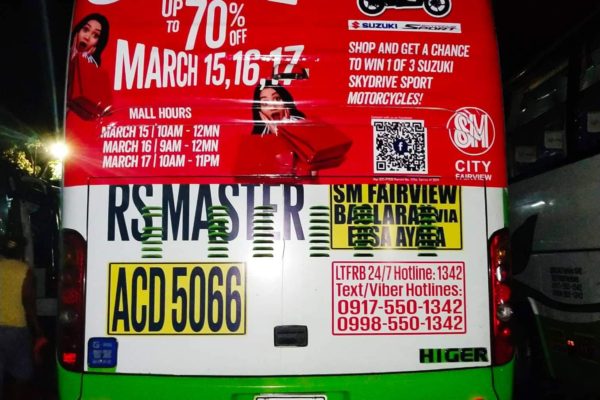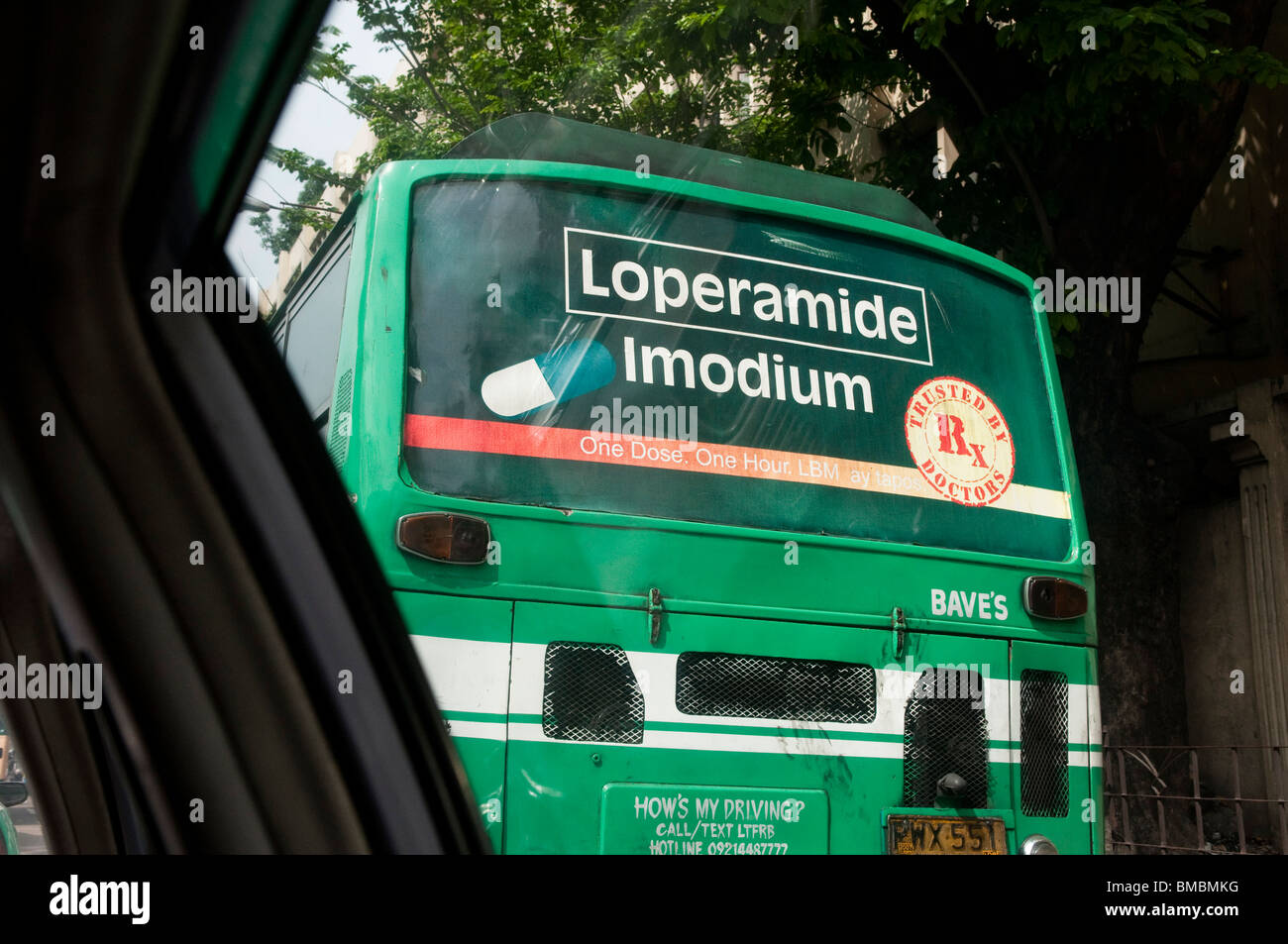Recognizing the Function of Transit Marketing in Enhancing Brand Name Visibility and Consumer Involvement
Transit marketing has actually become a critical component in the marketing landscape, offering special possibilities for brands to boost their exposure and engage consumers successfully. With the capacity to reach a captive and varied target market during their everyday commutes, these advertising and marketing methods are not simply regarding presence; they are about developing significant connections with prospective consumers. As we check out the multifaceted advantages and ingenious techniques within transit marketing, it becomes important to think about how these components jointly affect customer understanding and behavior, raising questions about their long-term effect on brand commitment.
Definition of Transportation Advertising And Marketing
Transportation marketing refers to the method of advertising products, services, or brand names via advertisements positioned around public transportation systems. This kind of marketing incorporates a selection of positionings, consisting of posters on buses and trains, digital displays at transportation terminals, and wraps on the outside of cars. It intends to get to a varied audience, taking advantage of the high foot web traffic connected with public transit.
Transportation advertising and marketing is strategically positioned to record the interest of commuters, who frequently invest significant time waiting or taking a trip. By integrating promotions right into the day-to-day routines of individuals, brand names can develop a long lasting impression and foster brand recognition. The medium is especially effective in metropolitan atmospheres, where public transportation is a key mode of traveling.
Furthermore, transit advertising and marketing can promote local targeting, permitting organizations to reach details demographics based upon transportation courses and station places. As city populations grow and using public transport increases, this marketing approach has obtained prestige as a crucial element of integrated advertising and marketing methods. The vibrant nature of transportation advertising and marketing, incorporated with its capability to involve customers in a restricted setting, emphasizes its significance in contemporary marketing practices.
Advantages of Transit Advertising
The performance of transit marketing lies in its capability to supply a wide range of benefits to brands looking for to enhance visibility and involvement. Among the main benefits is the extensive reach it offers; transit advertisements can successfully target varied demographics throughout city locations, reaching both pedestrians and travelers alike. This wide direct exposure significantly boosts brand understanding.
One more advantage is the high regularity of impressions. As transportation lorries take a trip along established paths and stop at several locations, they develop recurring exposure that reinforces brand name messages. This frequency cultivates familiarity, which is crucial in consumer decision-making.
Transportation marketing is also cost-efficient contrasted to various other media systems. Provided its large reach and capacity for high impressions, brand names frequently experience a reduced expense per thousand impressions (CPM), maximizing their advertising budget.
In addition, transportation advertisements can create a sense of area link. By aligning with local transportation systems, brands can reverberate with regional audiences and foster a feeling of neighborhood pride. This local method enhances brand loyalty and interaction, making transit advertising a compelling option for businesses aiming to strengthen their presence in the marketplace.

Reliable Methods for Transportation Campaigns
To take full advantage of the effect of transportation campaigns, brands should take advantage of critical preparation and implementation customized to their target audience. Initially, determining the demographic attributes of the audience making use of public transit is critical. This allows brand names to develop tailored messaging that reverberates with possible consumers.
Following, selecting the right transportation mediums is necessary. Whether using bus covers, train posters, or electronic displays, each medium has unique advantages that can boost presence. For circumstances, vivid visuals on bus covers can bring in interest, while digital ads can be updated frequently to mirror timely promos.
Additionally, integrating a cohesive branding technique across transit platforms guarantees consistency and reinforces the brand's identity. Using captivating layouts and remarkable taglines will learn this here now certainly enhance brand name recall among commuters.
Last but not least, timing is an essential consider carrying out effective transportation projects. Introducing projects during peak traveling hours or local events can substantially enhance exposure and interaction. By using these methods, brand names can effectively harness the capacity of transit marketing, cultivating greater understanding and connection with their target audience. Eventually, a well-executed transportation project can drive significant growth in brand name exposure and consumer involvement.

Measuring Influence and Interaction
In assessing the efficiency of transportation ad campaign, precise dimension of influence and engagement is necessary for brand names seeking to maximize their advertising and marketing techniques. Metrics such as reach, frequency, and perceptions give foundational information to assess presence. Examining these variables helps figure out the amount of prospective consumers are exposed to the ads during their daily commutes.
Involvement can be more assessed with customer communications, such as website web traffic, social networks states, and direct feedbacks to calls-to-action included in the advertisements. Using devices like QR codes or unique Links can promote monitoring of customer behavior straight connected to transportation projects. Surveys and responses systems additionally act as beneficial techniques their explanation to gather qualitative information on customer perceptions and recall of the advertisement.
Furthermore, advanced analytics and acknowledgment models can associate transit exposure with succeeding acquiring actions, using understandings into the roi. By utilizing a detailed strategy that combines quantitative and qualitative measures, brand names can create a nuanced understanding of their transit advertising influence. Eventually, this data-driven strategy makes it possible for brands to improve their campaigns, ensuring they reverberate effectively with target audiences and improve total brand exposure.
Study of Successful Campaigns
Effective transportation ad campaign function as engaging examples of how efficient strategies can raise brand exposure and interaction. Transit Advertising Philippines. One remarkable case is the "I Love New York" project, which transformed the city's photo and attracted numerous tourists. By using subway advertisements, billboards, and bus wraps, the campaign developed a strong, cohesive brand identification, leading to a significant uptick in tourist and neighborhood service patronage
Another exemplary campaign is Coca-Cola's "Share a Coke" effort, which leveraged transit advertising to individualize the brand name experience. By featuring prominent names on promotional products across various transit systems, Coca-Cola promoted a much deeper psychological connection with customers, encouraging them to share their experiences on social networks.
Additionally, the "Got Milk?" campaign successfully utilized public transportation advertisements to reach a broad target market, strengthening the message of the value of milk in a balanced diet. The project saw a measurable boost in milk usage in target demographics.
These case researches show that when carried out attentively, transit advertising can significantly boost brand presence, foster consumer engagement, and drive measurable results, demonstrating its essential function in modern advertising and marketing approaches. - Transit Advertising Philippines
Conclusion
In verdict, transit advertising and marketing serves as you could check here a crucial tool for improving brand name presence and cultivating customer involvement. Ultimately, the capacity to determine involvement and evaluate effective case researches highlights the effectiveness of transit advertising and marketing in driving brand loyalty and customer interactions.
Transportation marketing has actually emerged as a critical component in the advertising and marketing landscape, providing distinct opportunities for brands to elevate their presence and involve customers successfully.Furthermore, transportation marketing can facilitate localized targeting, permitting companies to get to certain demographics based on transit courses and station places.In assessing the effectiveness of transportation marketing campaigns, exact dimension of influence and engagement is essential for brand names seeking to enhance their marketing techniques.Effective transit marketing projects serve as compelling instances of just how efficient approaches can boost brand name presence and interaction.In conclusion, transit advertising and marketing offers as an essential tool for enhancing brand name exposure and cultivating customer engagement.
Comments on “Top Advantages of Transit Advertising Philippines for Organizations”